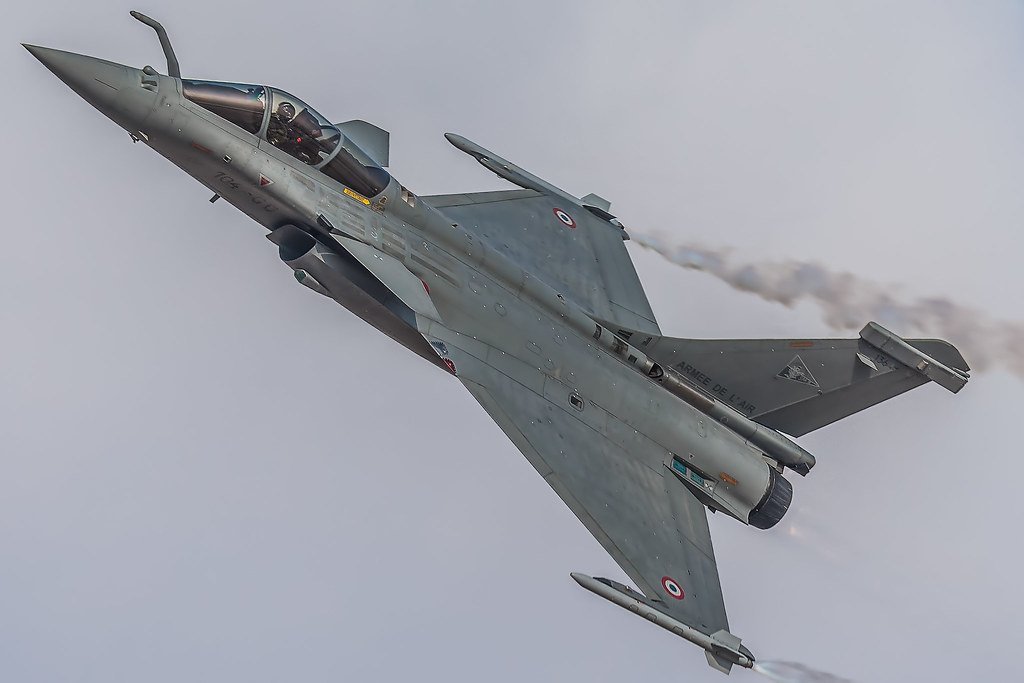
The Dassault Rafale, a fighter jet of French origin, has reached a level of international demand that has started to challenge its own production capabilities.
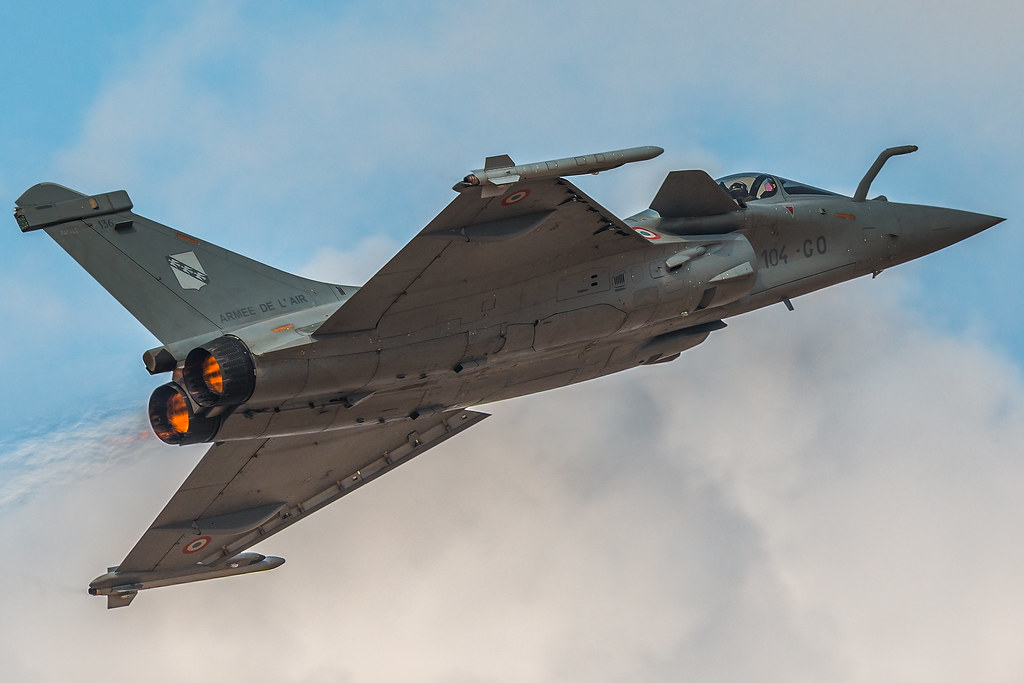
The aircraft, which entered service in the 2000s, is flown by the French Air Force and Navy and has been ordered by a total of eight nations, including Egypt, Greece, India, Qatar, Croatia, the UAE, and Indonesia.

The Rafale has garnered significant attention due to its robust performance, versatility, and advanced electronic systems. These features offer an appealing alternative to the American F-35 and Russian Su-57, attracting countries looking to diversify their defense suppliers.

Specifically, the Rafale can carry a multitude of weapons systems, operate from land bases and aircraft carriers, and has proven itself in combat operations in Libya, Afghanistan, Mali, Iraq, and Syria.

Despite lacking the stealth technology of fifth-generation fighters like the F-35, the Rafale’s combat history and cost-effectiveness have driven its popularity.
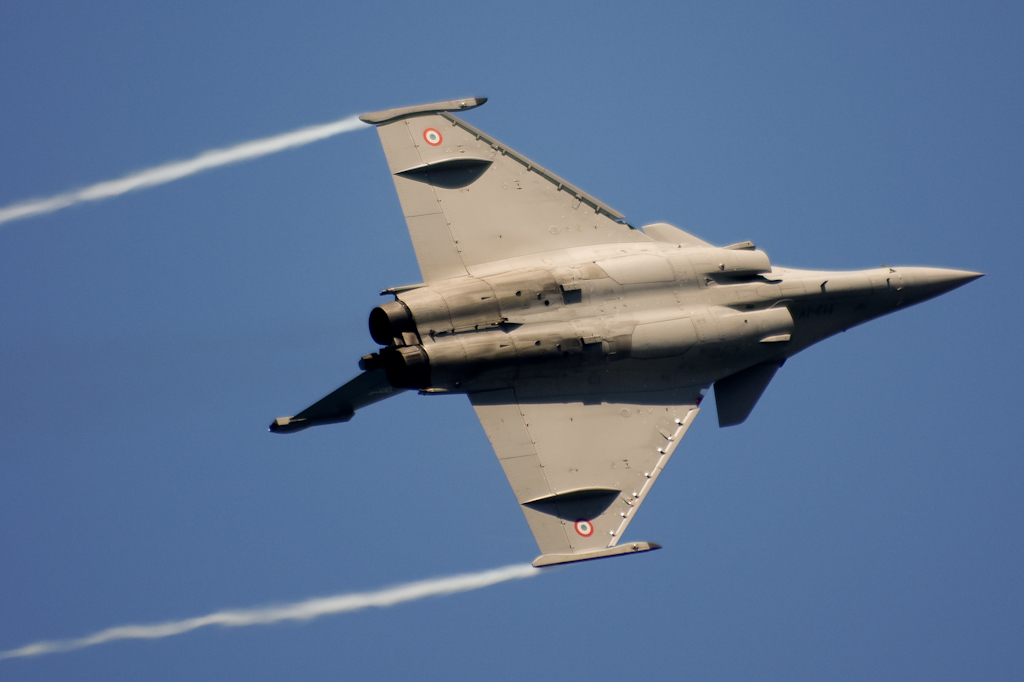
It is equipped with the RBE2 passive electronically scanned array radar and the Thales TLS 2000 navigation receiver, and it boasts the ability to reach speeds in excess of Mach 1.8.
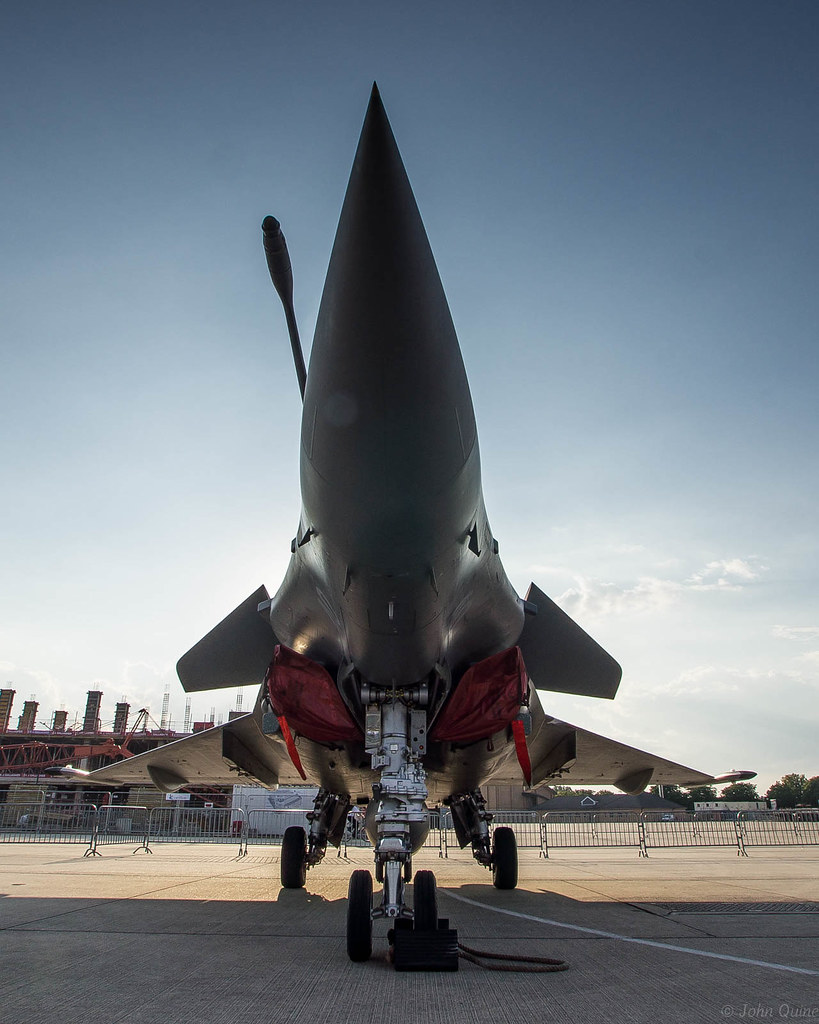
The International Institute for Strategic Studies highlighted that Dassault Aviation had promised to begin delivering combat aircraft to customers just three years from the contract signature. However, with a spike in sales, the company faces the challenge of meeting this commitment.
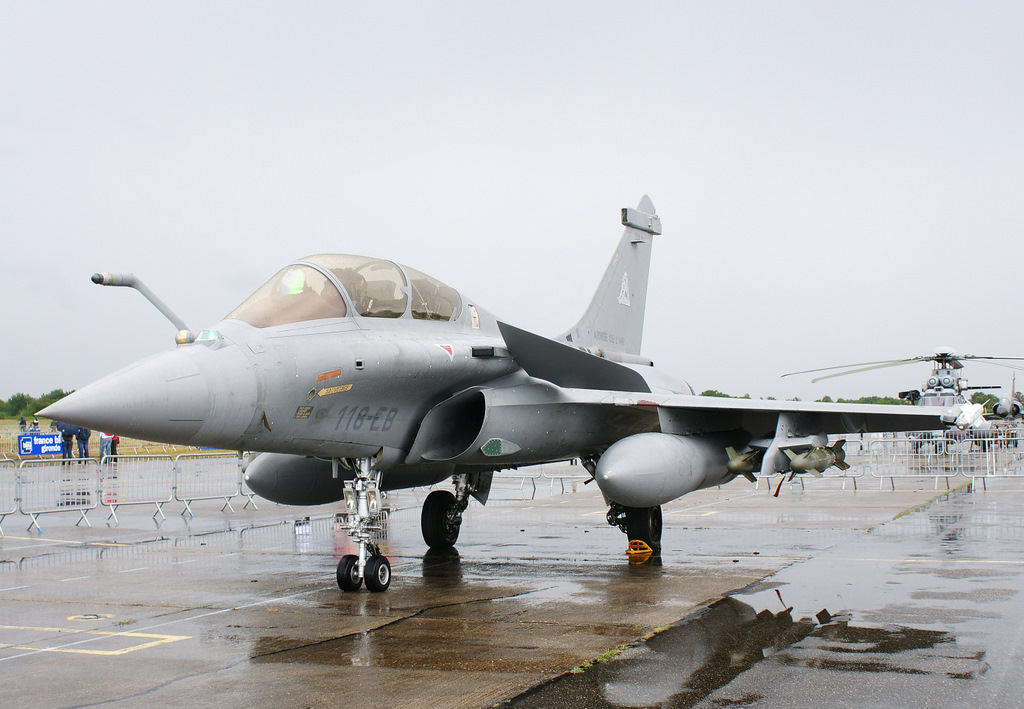
France has purchased 234 Rafales, and another 261 have been ordered by other nations, accumulating a backlog of 228 aircraft to be delivered.
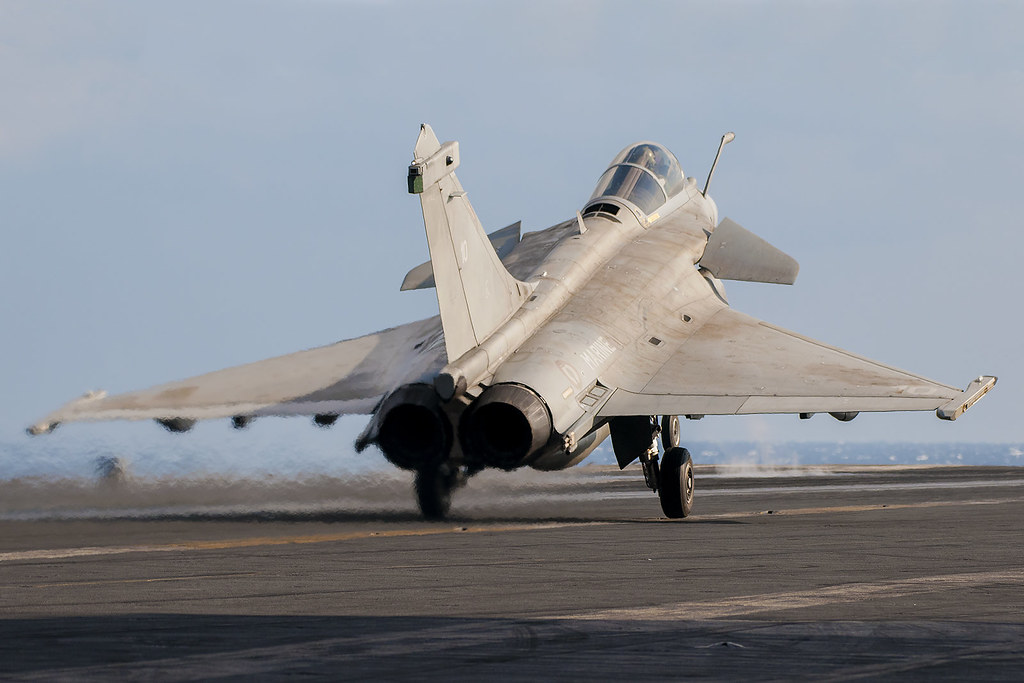
The pressure will intensify between 2026 and 2033, with Dassault expected to deliver a significant number of jets to various countries, including 174 to France alone.

Despite intentions to produce 15 Rafales in the previous year, only 13 were completed. Production might increase in the coming years due to strong demand, but it is unlikely that the annual numbers of aircraft will reach the mid-20s anytime soon.
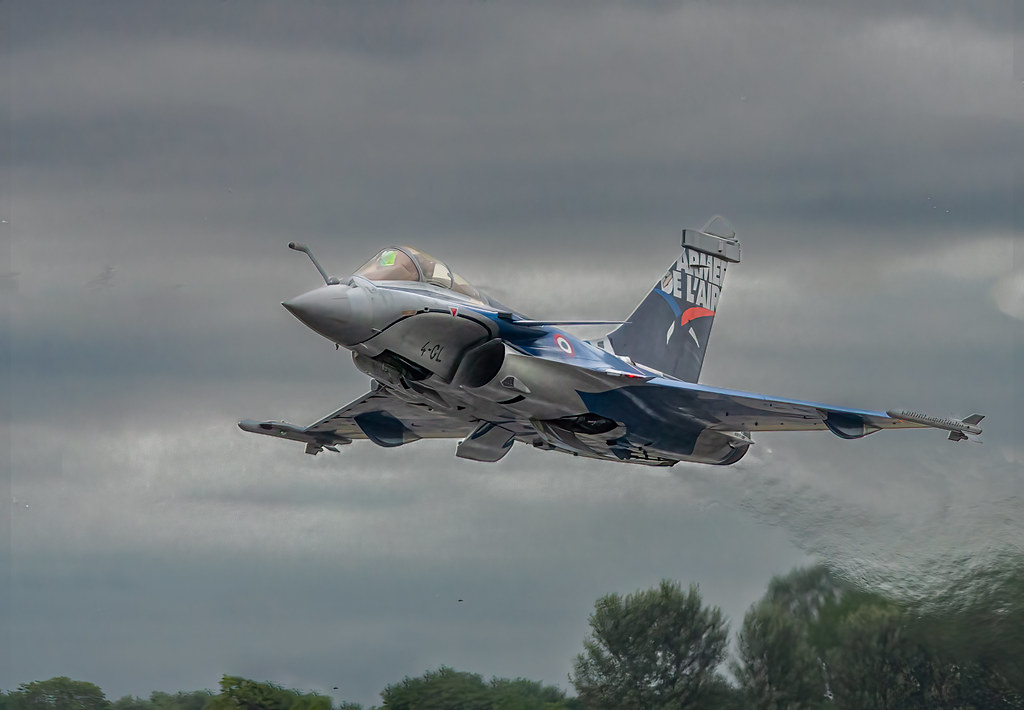
The company could average 20 Rafales per year across both 2024 and 2025, but that would still leave 188 aircraft to be delivered between 2026 and 2033, necessitating an almost 24 aircraft per year delivery rate.
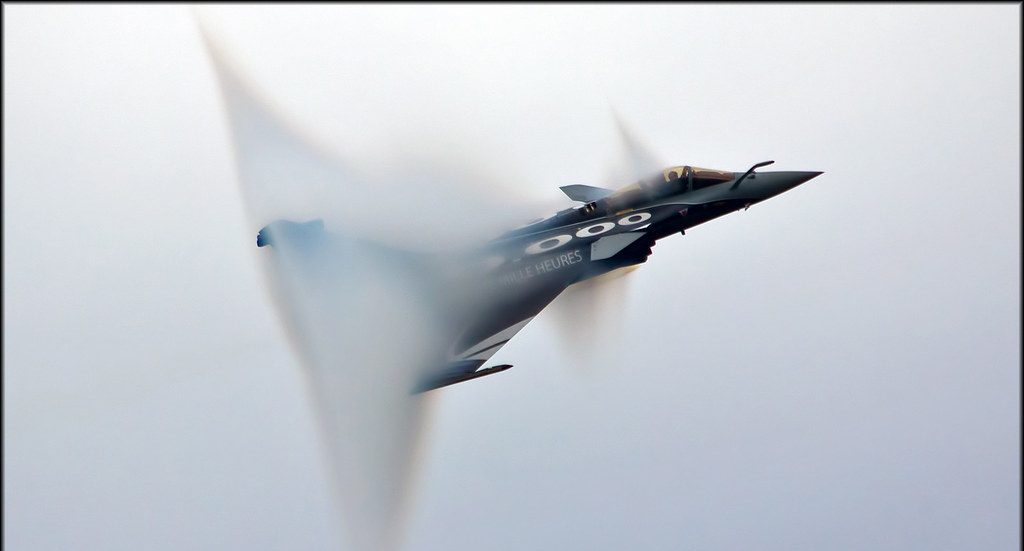
Modern fighter production is complex, involving tens of thousands of labor hours and components from global supply chains. Even Lockheed Martin faces struggles in delivering F-35s, indicating the breadth of the challenge.

Dassault’s reliance on a domestic supply chain provides some insulation from global issues but is not impervious to them. Engineering-talent shortages could impede a sharp increase in Rafale production, and realistically, doubling the annual output would be an ambitious goal.
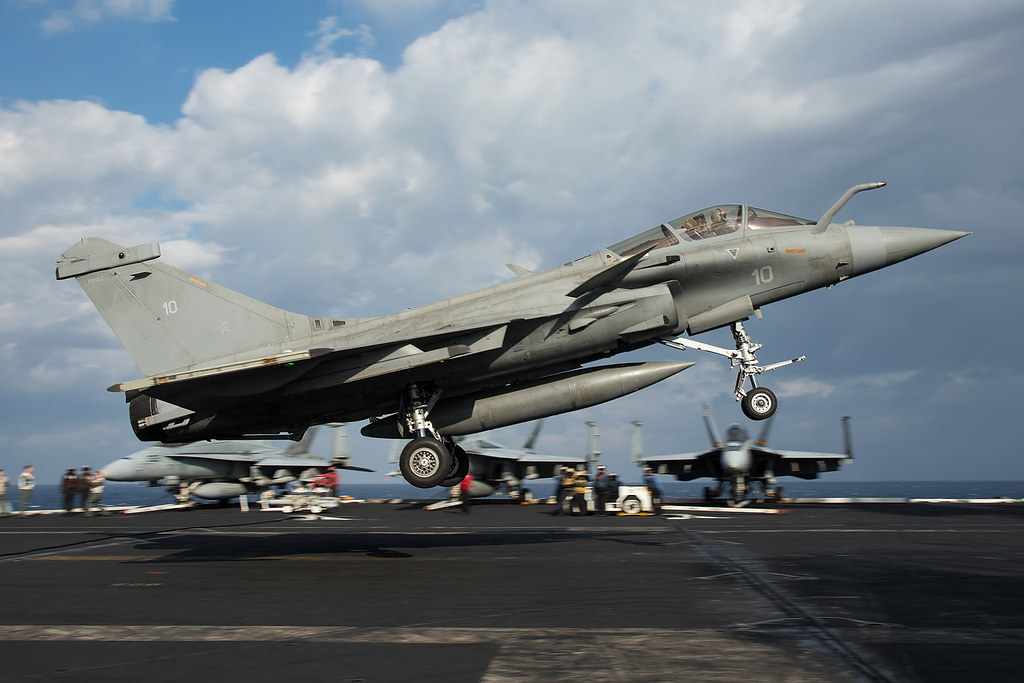
The Rafale’s success story extends beyond sales. Nations worldwide are enhancing their air forces, and the Rafale stands as a solid option for those unwilling to engage with the political strings that come with buying American, Russian, or Chinese aircraft.
With its history of effective delta-winged fighters like the Mirage, Dassault has long provided capable alternatives on the global stage.

